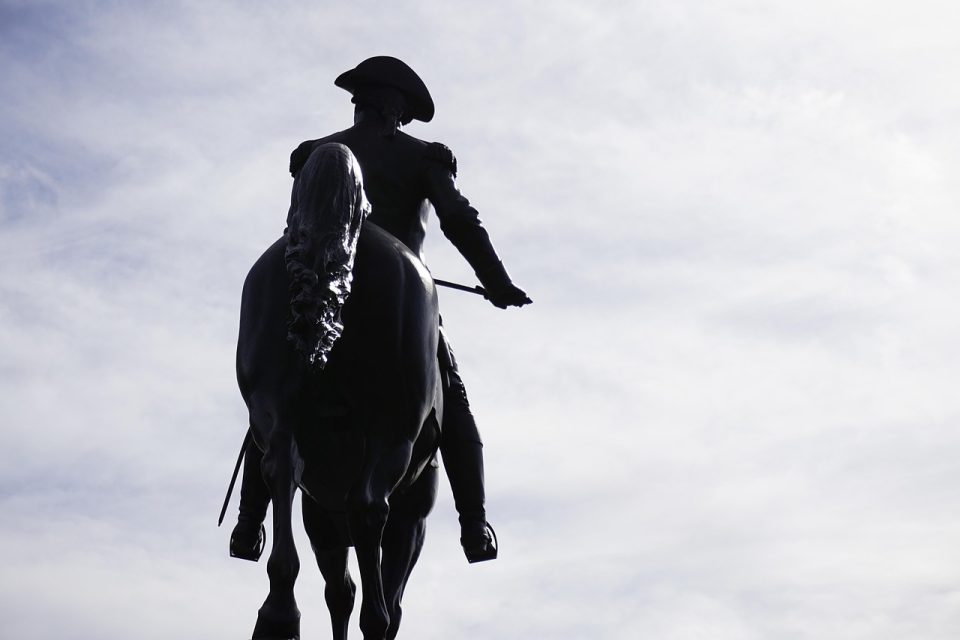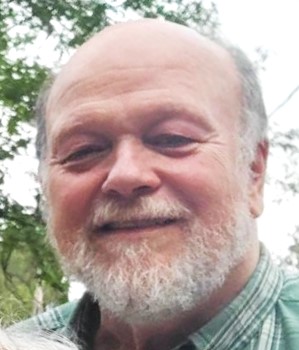By Fred Fuller
I don’t understand why the American Revolution isn’t being more talked about this year. Does it have something to do with the political climate we’re in? Do some politicos not want to remind folks of the ideals and complexities of the American Revolution?
Whatever focus there is seems to be on next year, the 250th anniversary of the Declaration of Independence in 1776. But the Revolution actually started several years before that, and by this time, 250 years ago, the war was in full swing.

“The shot heard round the world” happened on April 19, 1775, and refers to the skirmishes between British soldiers and American Minutemen at the villages of Lexington and Concord, Massachusetts on that day. The phrase originated in a poem by Ralph Waldo Emerson, the “Concord Hymn,” written for a July 4th celebration in 1837. It begins:
By the rude bridge that arched the flood,
Their flag to April’s breeze unfurled,
Here once the embattled farmers stood,
And fired the shot heard round the world.
The “rude bridge” was Concord’s Old North Bridge over the Concord River. (In this sense, “rude” means crude, simple.) Emerson helped that bridge become part of American myth. A group of 400 American militiamen pushed a small contingent of British soldiers back across that bridge and forced them to retreat. It became accepted that this was the opening battle of the American Revolution. The village of Lexington has a better claim to that title, though, because it had a skirmish with the British earlier in the day, when the Americans were forced to retreat with eight men killed. This day was called “the shot heard round the world” because the American Revolution helped spread democracy around the world.
Concord’s Old North Bridge is now part of the Minute Man National Historic Park. The original bridge has been replicated, and I remember visiting it with my parents when I was a kid. Ralph Waldo Emerson had a close connection to the site. He lived for a time in a house by the bridge, which was built for his grandfather, the local minister. Emerson’s grandfather witnessed the fight at the Old North Bridge in 1775.
Paul Revere’s nighttime ride to warn American Minutemen that the British were coming took place on the night before the skirmishes at Lexington and Concord. His heroics were made famous by another poem, “The Midnight Ride of Paul Revere,” written by Henry Wadsworth Longfellow in 1861.
The British soldiers retreated from Concord to Boston, and were ambushed along the way by American militias. King George III had declared Massachusetts to be in a state of rebellion in February 1775, and the British garrison at Boston received orders to seize the weapons and supplies of the rebels and to arrest their leaders. This is what a contingent of British soldiers was attempting to do when they marched to Lexington and Concord.
That attempt backfired, though, and American militiamen assembled from all over New England, eventually numbering over 15,000, to lay siege to the British garrison in Boston, where there were about 6,500 British soldiers.
When the British attempted to break the siege, the Battle of Bunker Hill took place on June 17, 1775. It was the first major battle of the war and one of the bloodiest. It was there that one of the American officers was said to have uttered a phrase that became mythical: “Don’t fire till you see the whites of their eyes,” in other words, wait until they are in close range so you can’t miss. The British forced the Americans to retreat from that battle, but the British suffered a shocking number of casualties. The Americans lost one of Boston’s foremost patriots, General Joseph Warren, who was seen as a martyr to the cause.
Meanwhile, twelve of the original colonies convened at the Second Continental Congress in Philadelphia in May of 1775, and established the Continental Army, appointing George Washington as the commander-in-chief on June 14, 1775. The Continental Congress first offered an “Olive Branch Petition” to King George in July 1775, hoping to reconcile with Britain. However, King George refused to read the petition and had already issued a “Proclamation for Suppressing Rebellion and Sedition,” which ordered officials of the empire “to use their utmost endeavours to withstand and suppress such rebellion”. The proclamation also encouraged subjects throughout the empire, including those in Britain, to report anyone carrying on “traitorous correspondence” with the rebels so that they could be punished.
The Continental Army’s encirclement of Boston continued for eleven months, and in March of 1776, the British abandoned Boston and moved their forces to Halifax, Nova Scotia. Of course, they would soon return to the American colonies with much larger armies. The war continued for another eight years until September 1783.
We have many myths about the American Revolution, such as that we brave and freedom-loving Americans single-handedly defeated the world’s most powerful empire, Britain. But it was much more complicated than that. Britain was disadvantaged by having to fight a war from across the ocean. And without the assistance of the French, the Spanish, and the Dutch Republic, all of whom were at war with Britain during the American Revolution, the United States might not have succeeded in gaining its independence.



